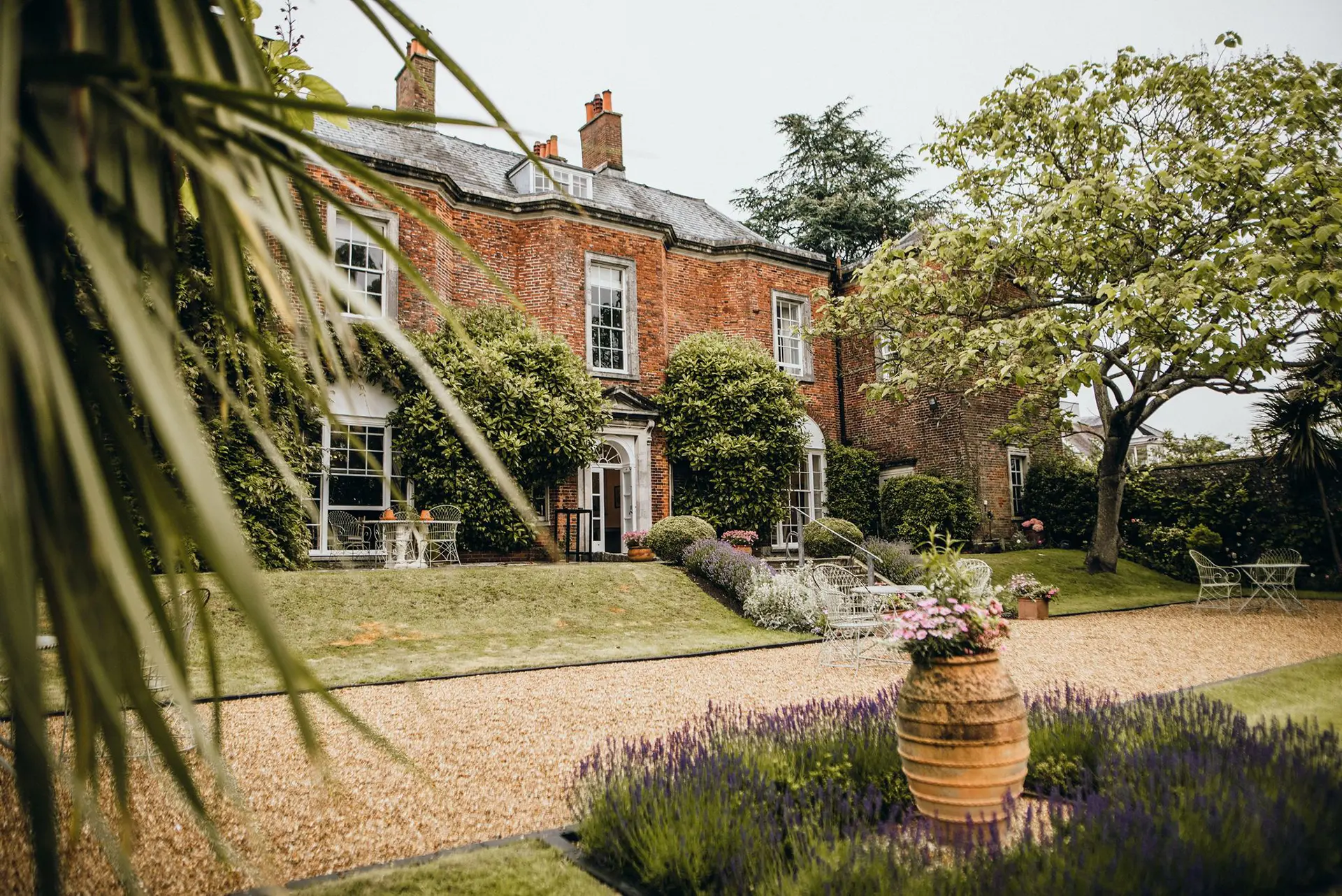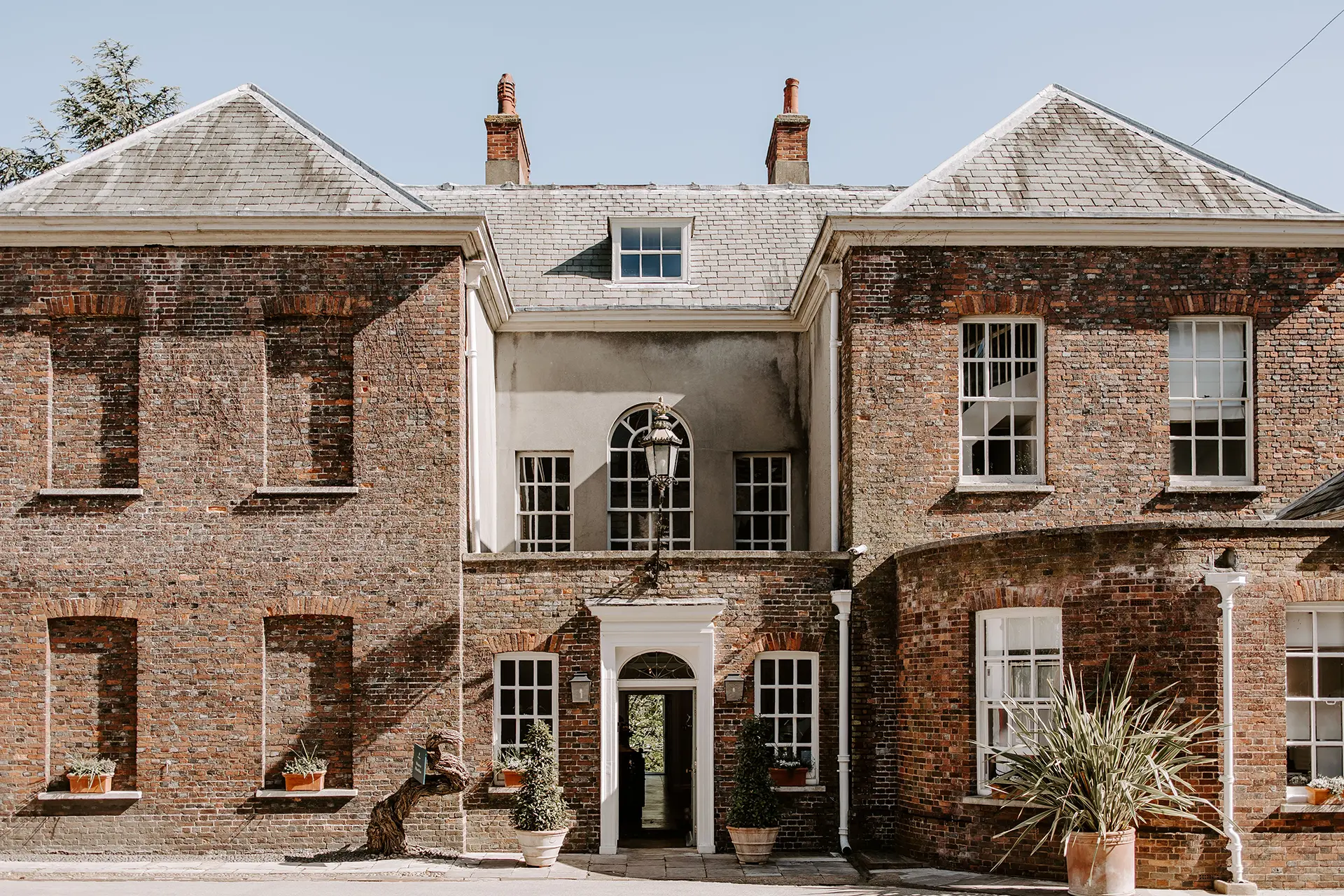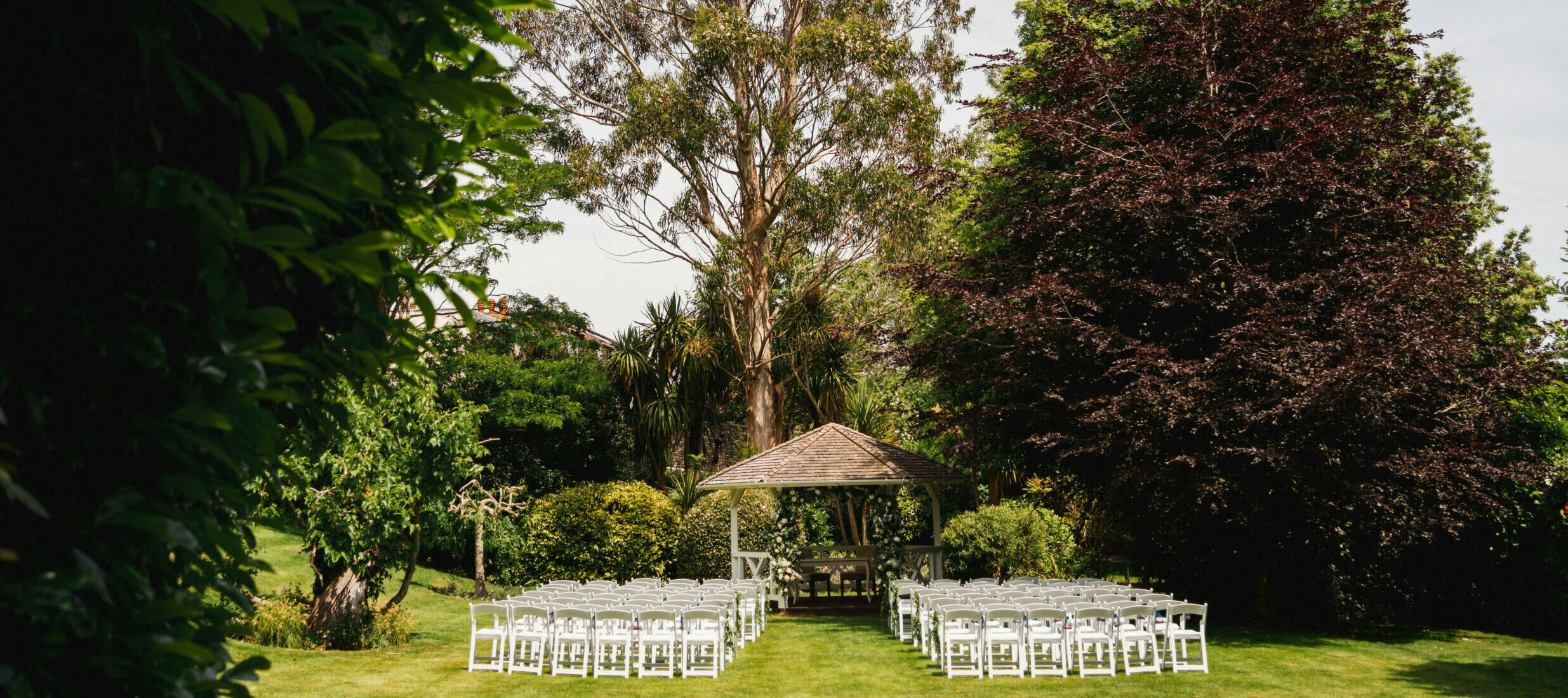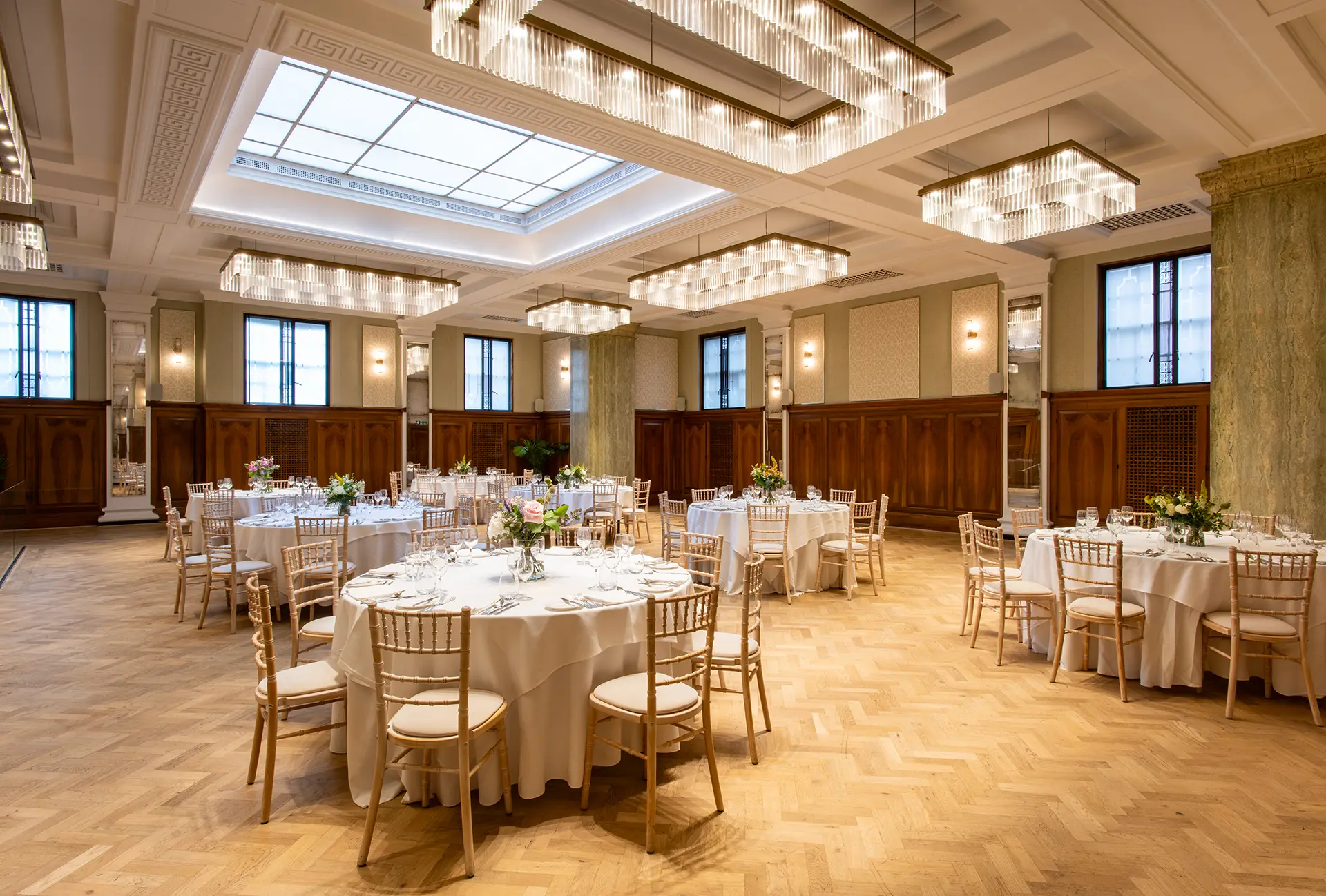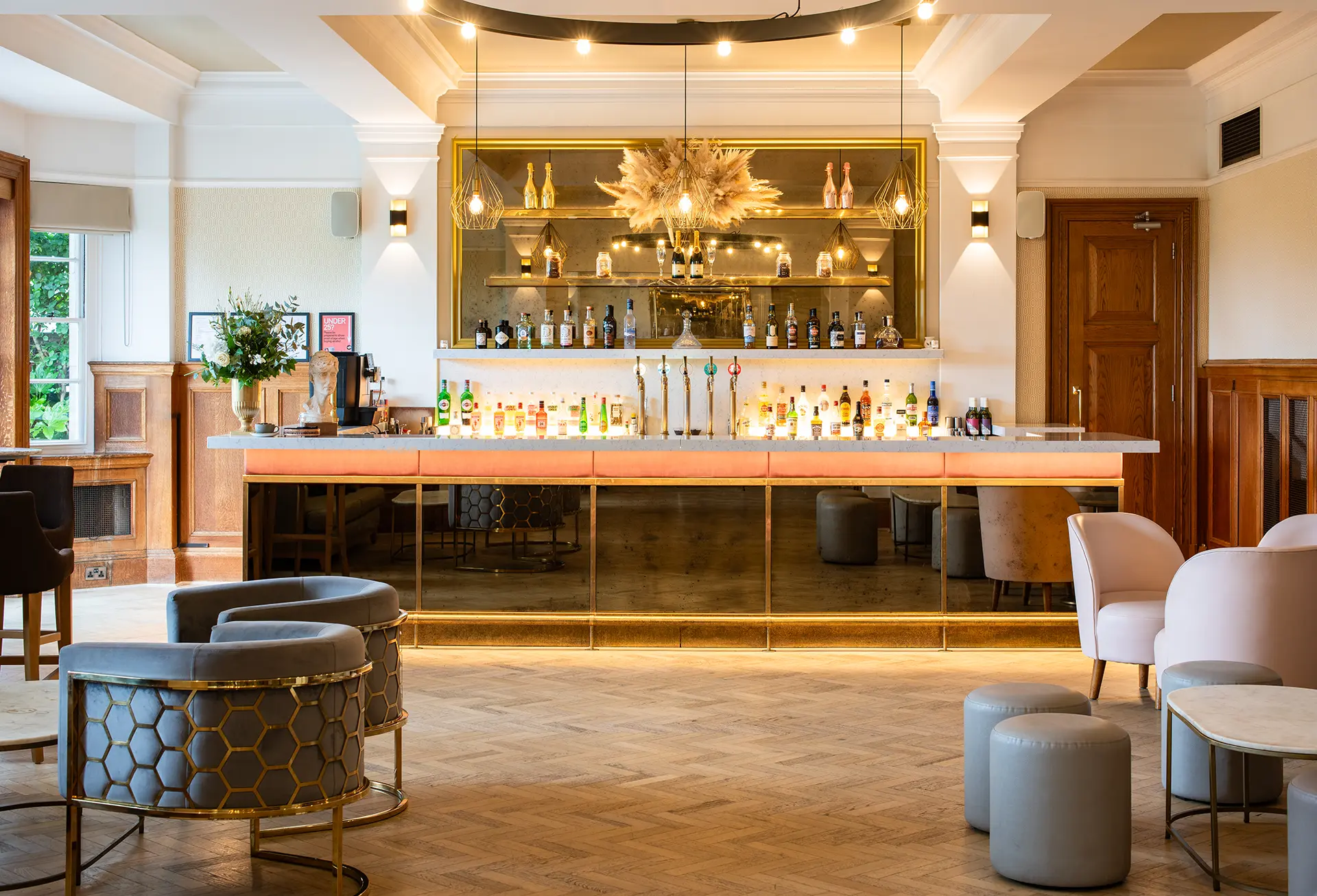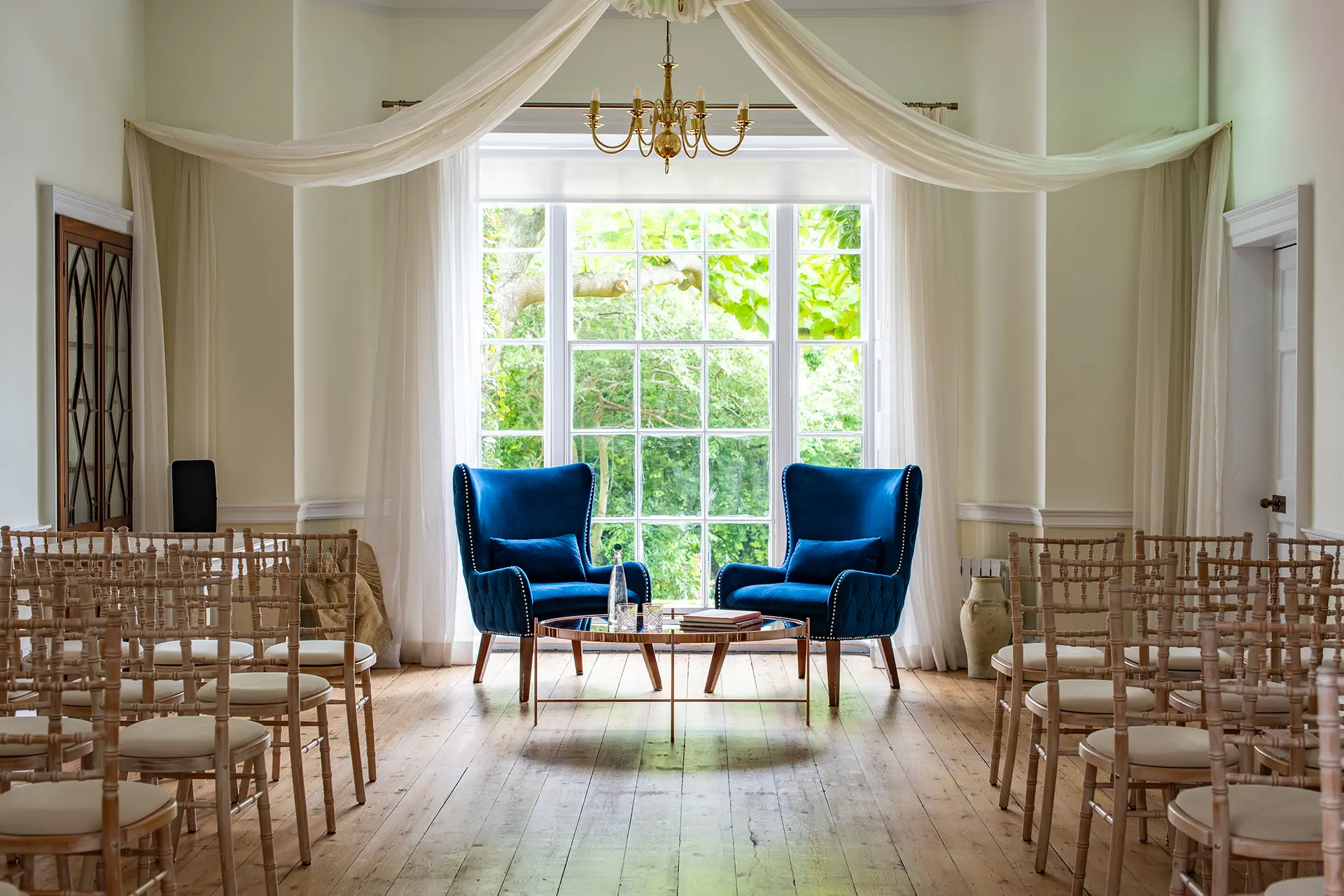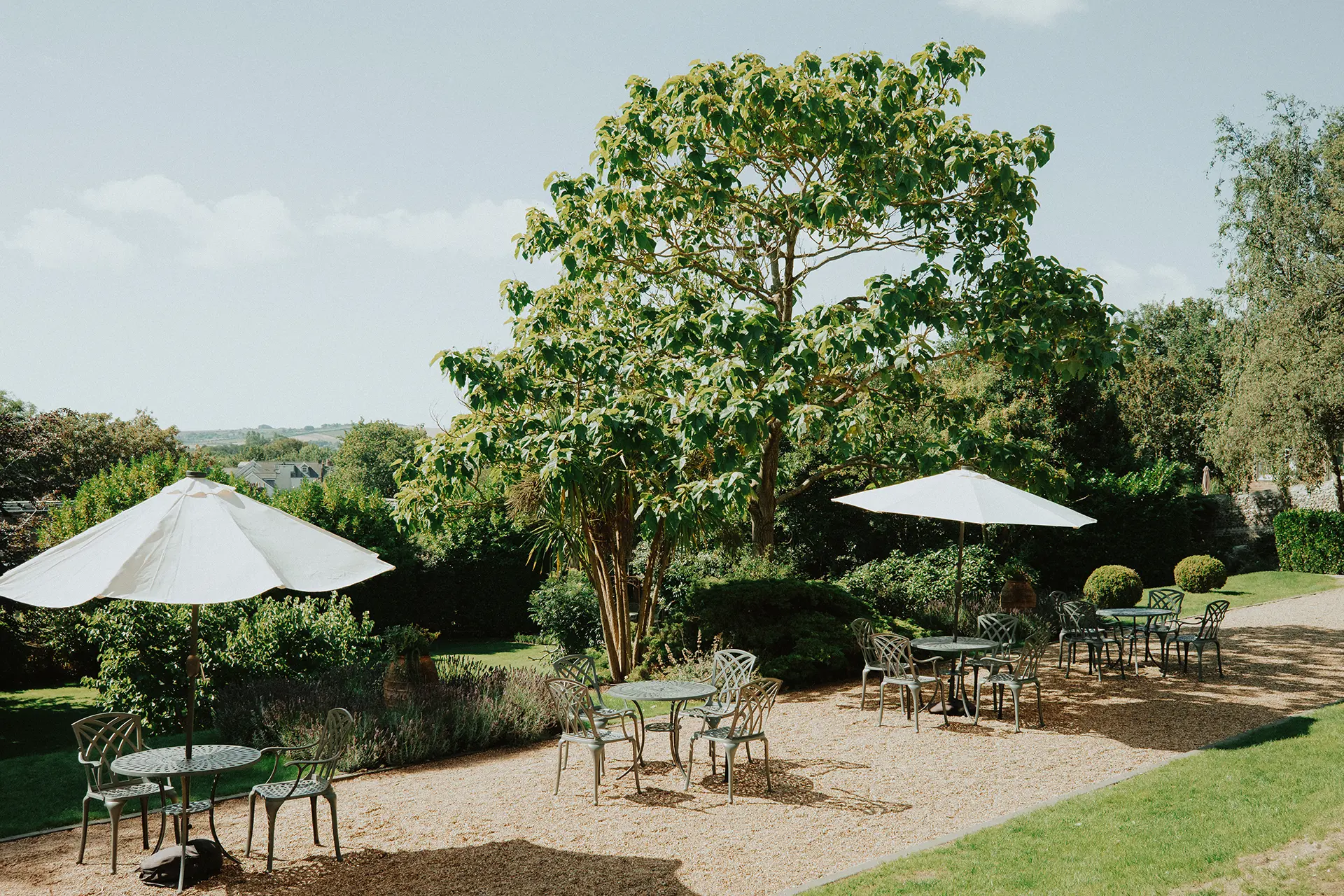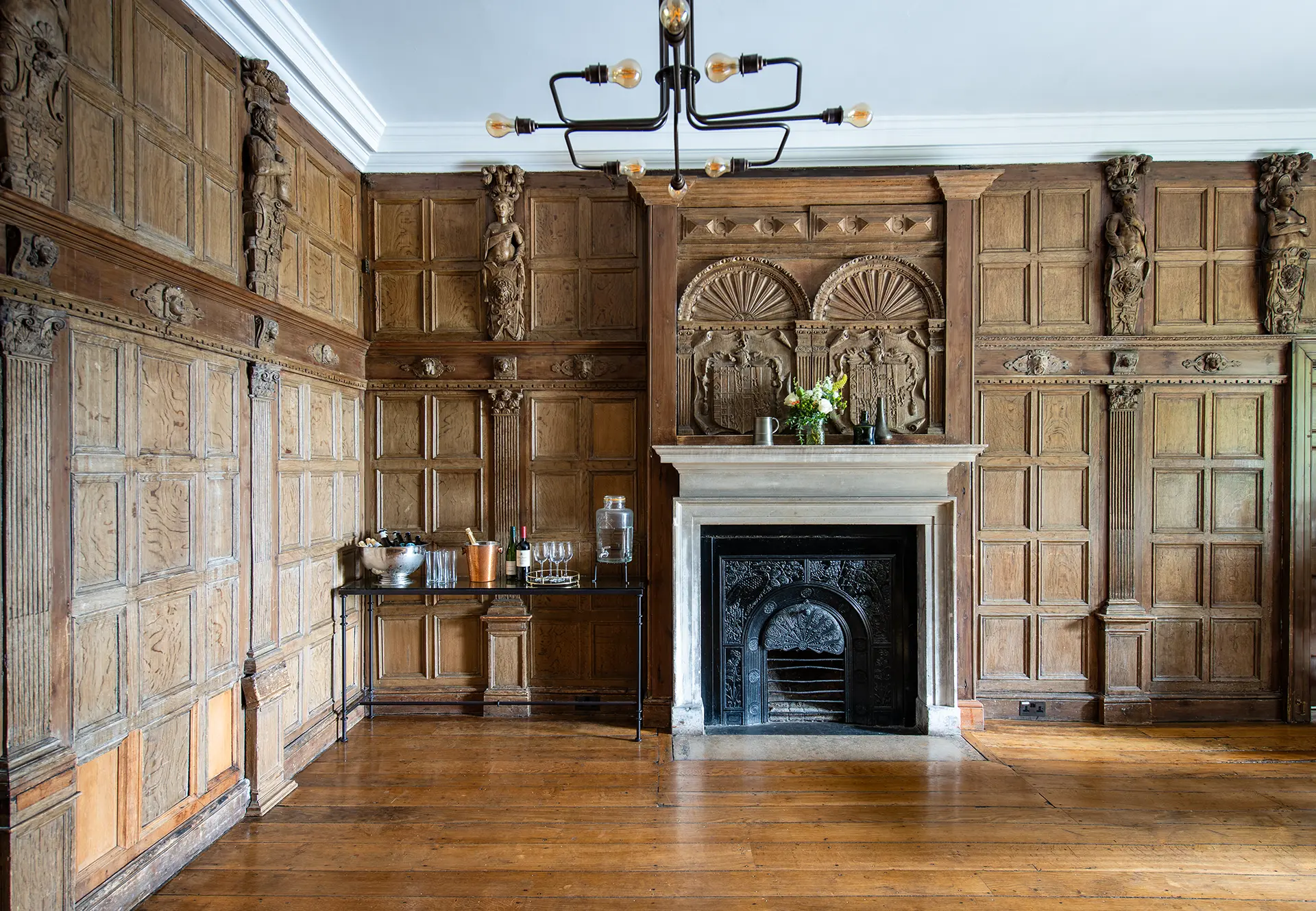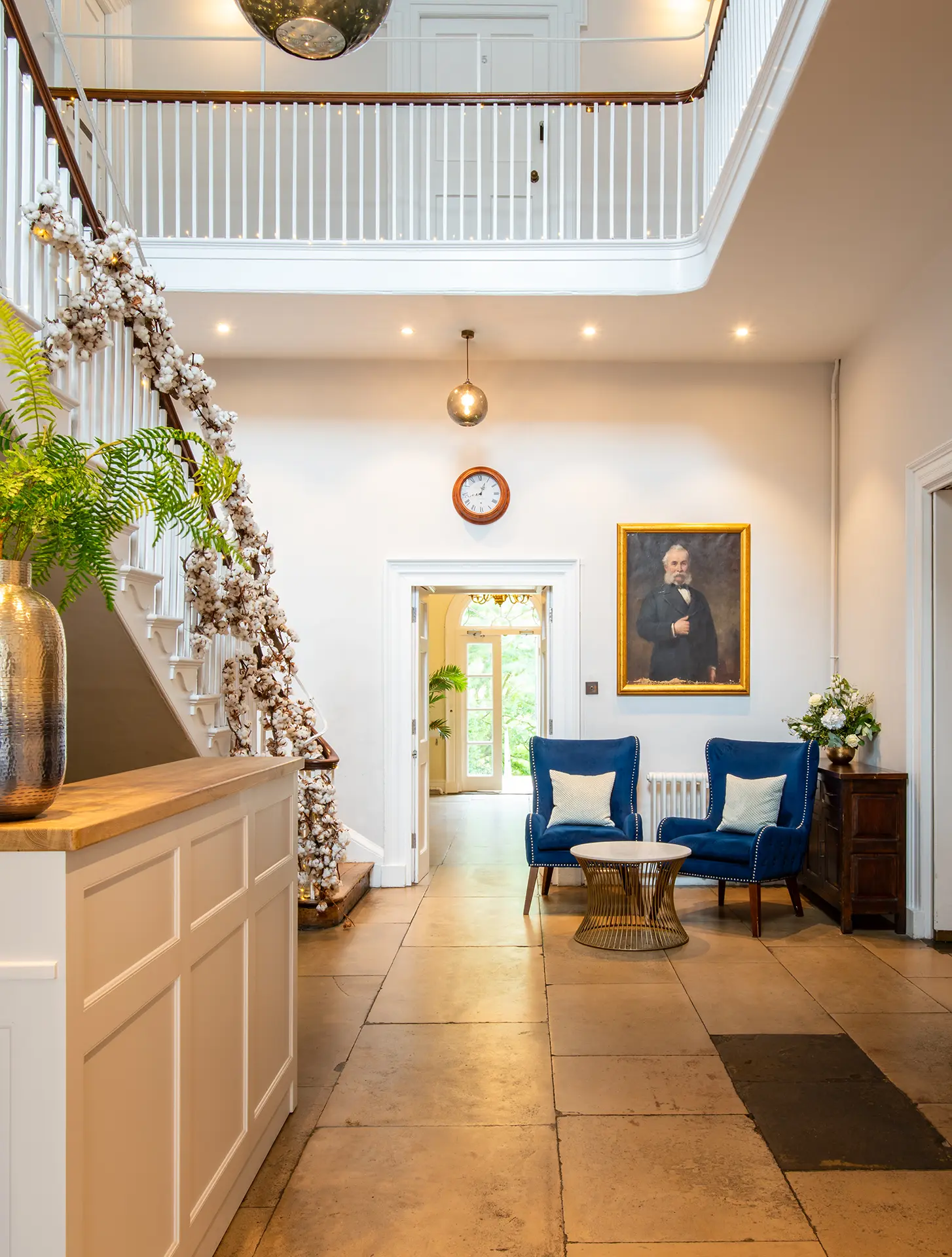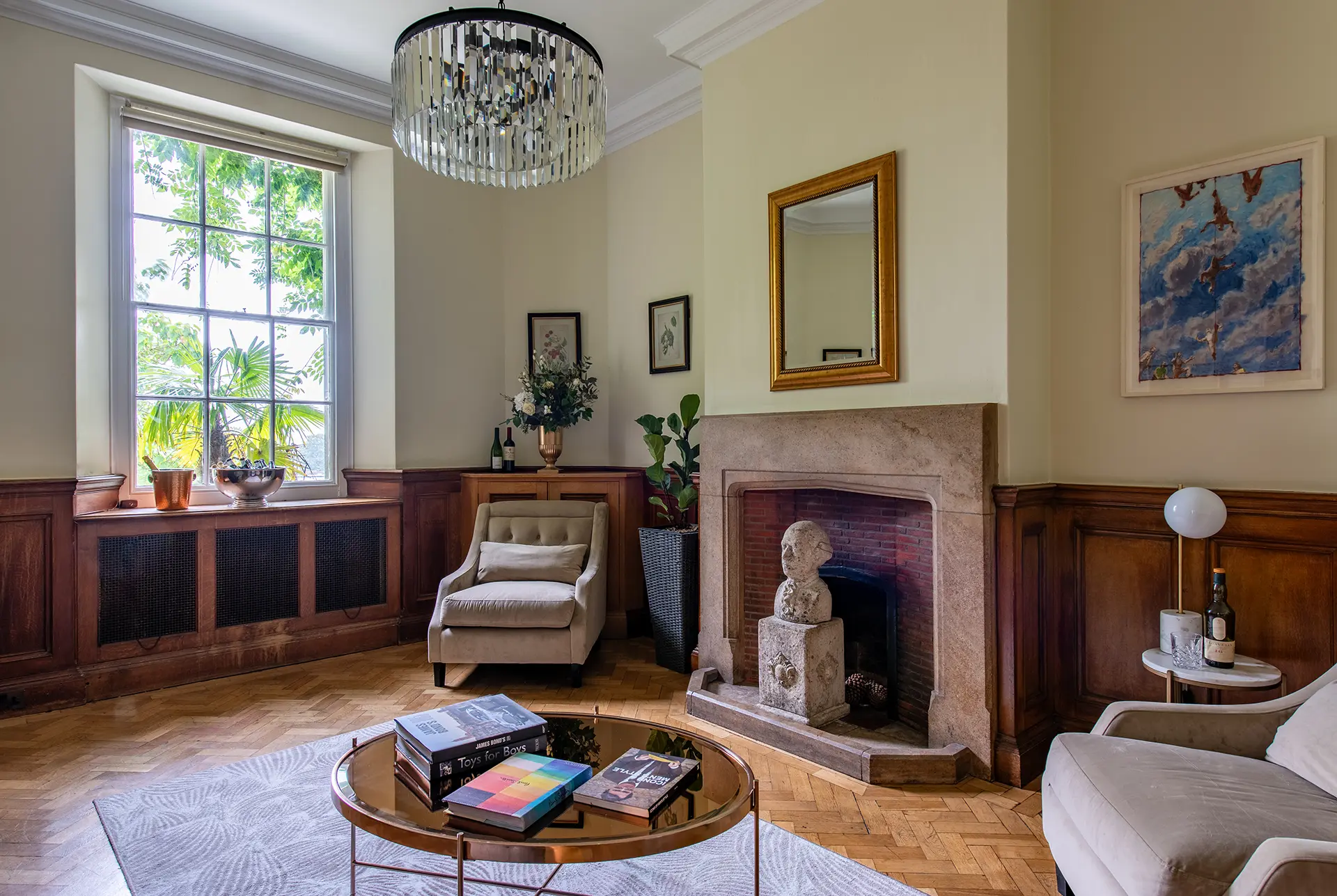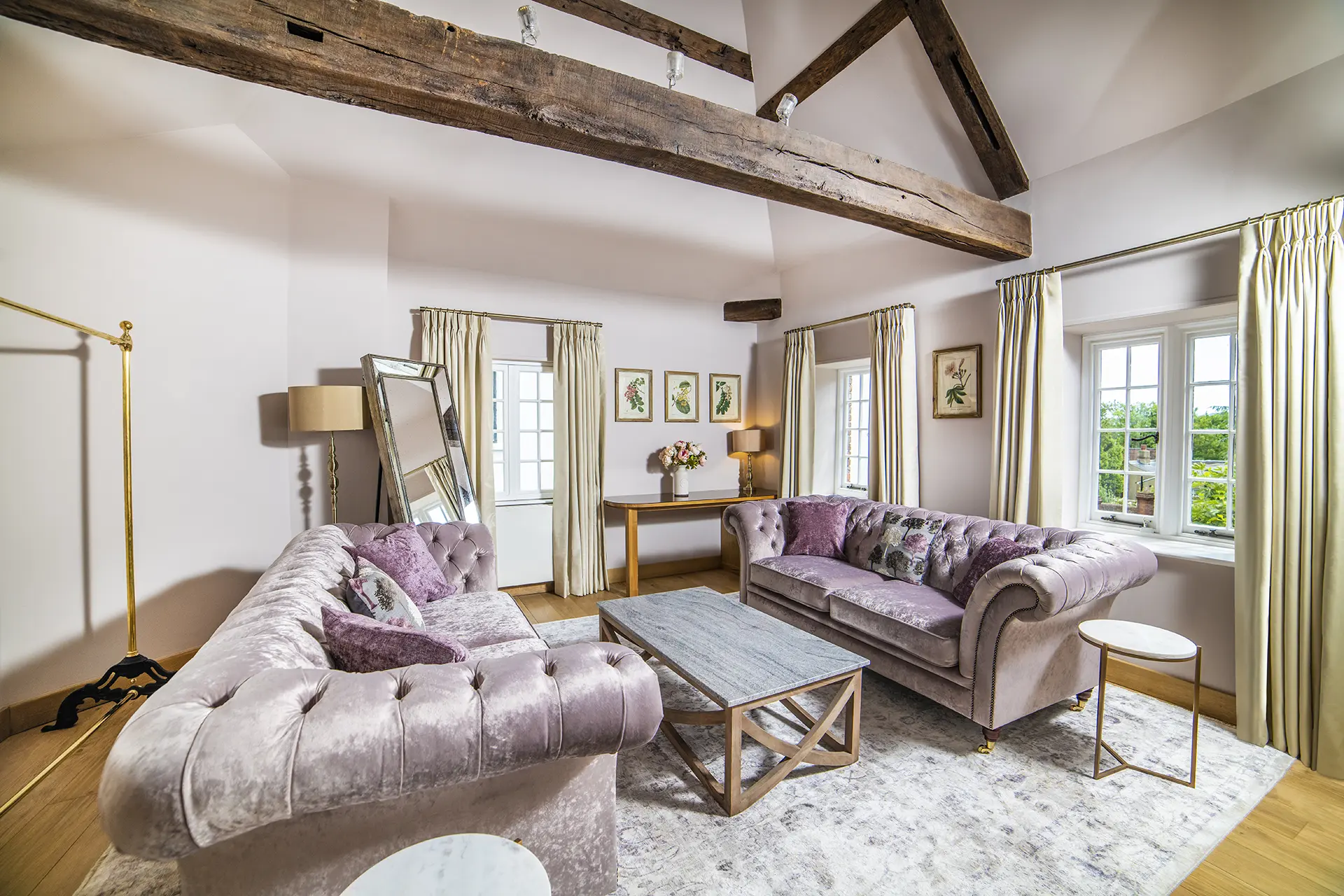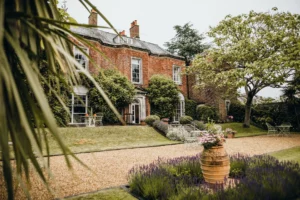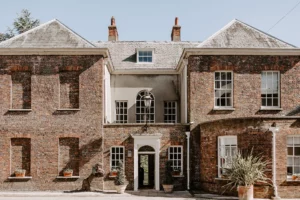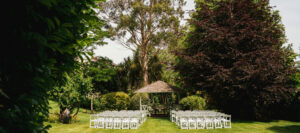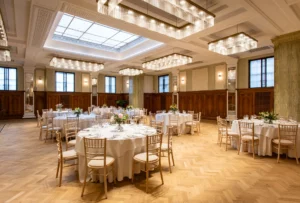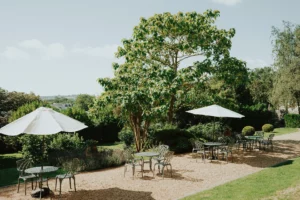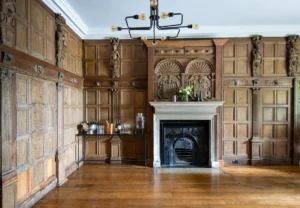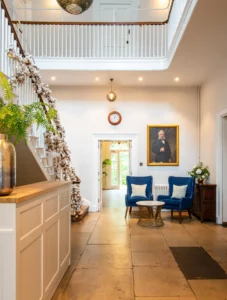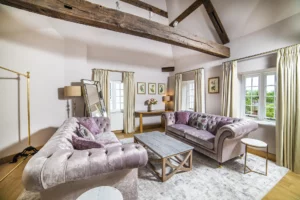Pelham House, a captivating Grade II listed townhouse venue situated in the heart of vibrant Lewes.
Located within easy reach of Brighton and London, it is the ultimate chic town centre exclusive use wedding and events venue.
Originally built in the 16th century and expanded over the years, this hidden gem offers a unique and stylish curation of Georgian and modern features adorned with picturesque private gardens. With 29 bedrooms and a preparation space spread across the historic house and separate mews, indoor and outdoor event spaces and an onsite bar, Pelham House offers an ideal haven of privacy and celebration for an unforgettable event.
The Details
150 seated dining capacity
200 maximum capacity
29 ensuite bedrooms
Lewes town centre location
Outdoor terrace and kitchen
4 indoor and outdoor event spaces
Views of the South Downs
Dedicated event planner
JOIN US ON INSTAGRAM
FOR THE LATEST
Wedding Ceremonies at Pelham House...
Choose from an indoor ceremony in the beautifully light Goring Room or say your vows within the lush private gardens under The Gazebo, surrounded by views of the South Downs ✨
Have you chosen yet?
@jessicabevanphoto
@zealphotographyuk
@dejijohnsonphotography
@torabakerphotography
@charlotterebeccaphoto
@studiorougephotography
@chrisgilesphotography
@richardmurgatroydphotography
@kelsiescullyphotography
#pelhamhouse #weddingvenue #engaged #weddingdetails #weddingstyle #realwedding #weddingwire #2024bride #bridetobe2024 #summerwedding #winterwedding #autumnwedding #weddingceremony
Are you dreaming of a 2024 wedding?! We still have some incredible dates! Head to the `Dates & Prices` link in our bio.
Don’t miss out on our exclusive offer: Save over £3000 on your 2024 wedding! Receive 20% off the venue hire fee and off-peak catering prices on all remaining 2024 dates ✨
📸
@jacobmalinskiphoto
@studiorougephotography
@dejijohnsonphotography
@samanthapellsphotography
@olivejoyphotography
#pelhamhouse #pelhamhouseweddings #privatetownhouse #townhouseweddings #weddinginspo #weddingvenue #photodump #summerweddings #2024summerwedding
Your evening food offers another opportunity to showcase your favourite dishes, and keeping the party going as the sun goes down. We’ve got so many delicious options to choose from...
🥘 Street Food: Chinese, Thai, and Spanish street food, prepared outdoors in giant pans and woks over street-market-style tripod burners. (Weather permitting, of course!) Then, savour the flavours indoors or under the stars.
🍕 Wood-fired Pizza: freshly prepared pizzas, cooked in our wood-fired ovens, delighting your guests with every bite.
🍔 BBQ: served with rolls, flatbreads, pickles, mustards, ketchup, mayonnaise, and barbecue sauce. A true crowd-pleaser.
🧀 Cheese Boards & Cured Meats: Elevate your evening with a selection of cheeses, sliced cured meats, pork pies, pickles, chutneys, grapes, figs, and an array of breads and biscuits. A feast for the senses.
📸 @adamhudsonphoto
#pelhamhouse #weddingmenu #eveningfood #weddingvenue #engaged #weddingdetails #weddingstyle #realwedding #weddingwire #2024bride #bridetobe2024
The Campion Room, is our second prep space! Perfect for adding those finishing touches and relax before the ceremony. The wedding party can also use this space to freshen up throughout the day 🌿
You`ll also have the opportunity to pre-order beer, bubbles, and a scrumptious breakfast from our wedding morning menu - all you have to do is sit back and enjoy those precious moments with your loved ones while we take care of the rest!
Do you want to find out more? Book a private show round with a member of our team today (link in bio).
📸
@marknicholson.photographer
@lucydracottphoto
@zealphotographyuk
@charlotterebeccaphoto
@fazackarley
#pelhamhouse #pelhamhouseweddings #privatetownhouse #townhouseweddings #weddinginspo #weddingvenue
Our trompe l`oeil ceiling painting has a pretty cool backstory!
Julian Bell, Lewes-based painter and great-grandson of Vanessa Bell, created this incredible piece. Vanessa and her sister, Virginia Woolf, belonged to the Bloomsbury Group.
The Bloomsbury group was a circle of artists, writers and intellectuals in the first half of the 20th century, originating in the Bloomsbury home of Virginia Woolf and her sister Vanessa Bell.
This painting features people who worked at Pelham House when Julian painted it. If you look closely, you can also see Julian with his paint pot!
📸 @carolineoverphotography
#pelhamhouseinspring #pelhamhouse #brightonweddingvenue #weddingvenueinspo #eastsussex #thisislewes #sussexlife #weddingvenue #sussexweddingvenue #wedding #worldartday #julianbell #bloomsburygroup #painter #trompeloeil #mural #usp #venueusp #uniqueweddingvenue
